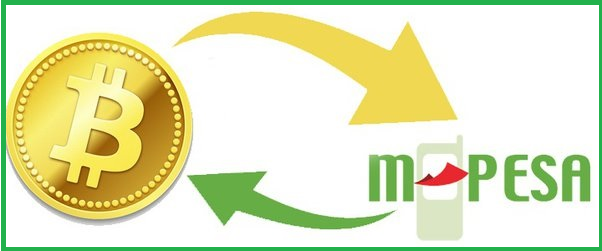Every community has its own way of dowry process before marrying off their daughter.
In the Kikuyu community, it is no different. The husband to have to go through a long process before having the lady as his wife.
Kumenya mucii (Getting to know the bride’s home)
This is the first day that the husband-to-be visits the bride’s home. He is accompanied by his family members and friends. Sometimes the bride’s family restricts other people in attendance.
Kuhanda ithigi (Literally means planting a branch of a tree (demarcation)
This can also be simply defined as marking the territory. On this day, the actual marriage discussion goes on between the two families. They might welcome close family only and if non-family members still accompany the groom, they will be secluded from the day’s proceedings.
Kuracia (Actual dowry payment)
If the groom didn’t bring all the required dowry negotiated earlier he is expected to remember to finish his payment, failure to do so spells dishonor to that family.
After this, the bride- to -be is finally recalled and becomes a bride. They all happily feast and eat together. The bride’s family then gives some items to the bride to carry to their home such as kyondo – weaving basket, ciihuri-calabash, lesos, nyungo- pot, mukwa –new rope, a blanket and bed sheets for the bride’s mother, handkerchiefs for the sisters and honey for preparing “muratina” (beer).
As the bride leaves with the groom the bride’s parents then wait to do the last process which is itara- getting to see the nest or nestling place of their daughter.
On this day the bride- to- be and her relatives do all the cooking, for example, mukimo cooked with stinging nettle (thafai), chapatti , black beans (njahi) and a bunch of bananas (mukano).
The father and young men relatives roast some meat while waiting to receive dowry. This is called ruracio, a feast where the groom and his family bring the dowry at the bride –to –be home and show up at about 1pm.
On the arrival the groom’s family will find the gate closed. This is a sign to show that they must sing their way in. Then the bride -to -be and her female relatives welcome them in with songs and dances.
After settling in and before any eating the bride to be is taken away by her fellow female in-laws and relatives, there she is given some advice meanwhile the groom starts ( kuhanda ithigi) planting a branch of a tree which symbolizes that the lady has been booked by the groom.
He then starts the payment process together with his parents and elders to the parents of the lady and their elders.
The dowry could be:-
1. Goima – fattened ram
2. Thenge – He goat – this could be from 99 of them onwards depending on the negotiation made because for example in Kiambu, one has to take 120 goats and 20 cows, after that two more goats are slaughtered (kugurania). In this each, meat part had a specified person to take it.
3. Mori – heifer
4. Njohi ya uki – beer made from honey for the elders as a sign of respect.
5. Cows
If the groom didn’t bring all the required dowry negotiated earlier he is expected to remember to finish his payment, failure to do so spells dishonor to that family.
After this, the bride- to -be is finally recalled and becomes a bride. They all happily feast and eat together. The bride’s family then gives some items to the bride to carry to their home such as kyondo – weaving basket, ciihuri-calabash, lesos, nyungo- pot, mukwa –new rope, a blanket and bed sheets for the bride’s mother, handkerchiefs for the sisters and honey for preparing “muratina” (beer).
As the bride leaves with the groom the bride’s parents then wait to do the last process which is itara- getting to see the nest or nestling place of their daughter.
Source: kenyagist.COM












